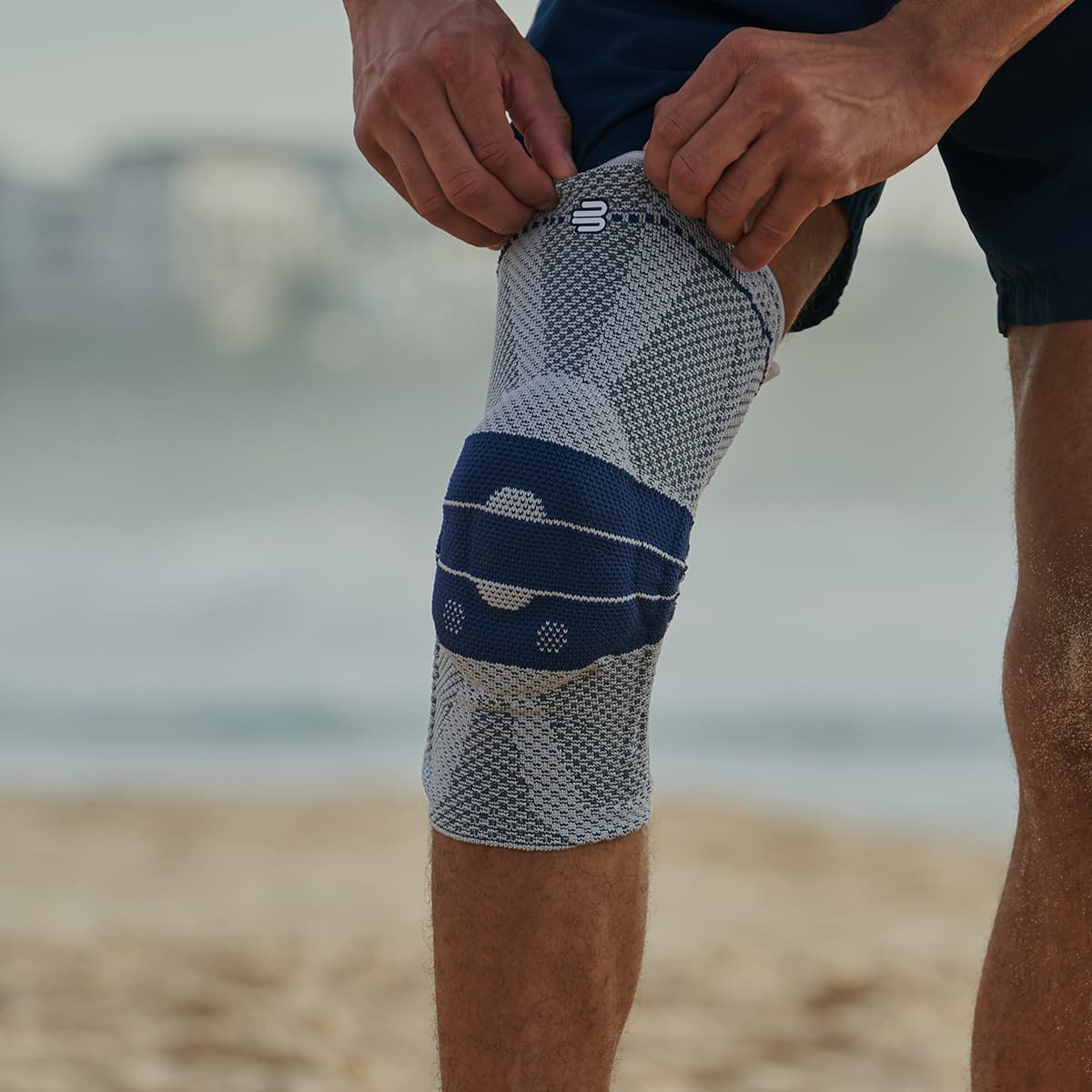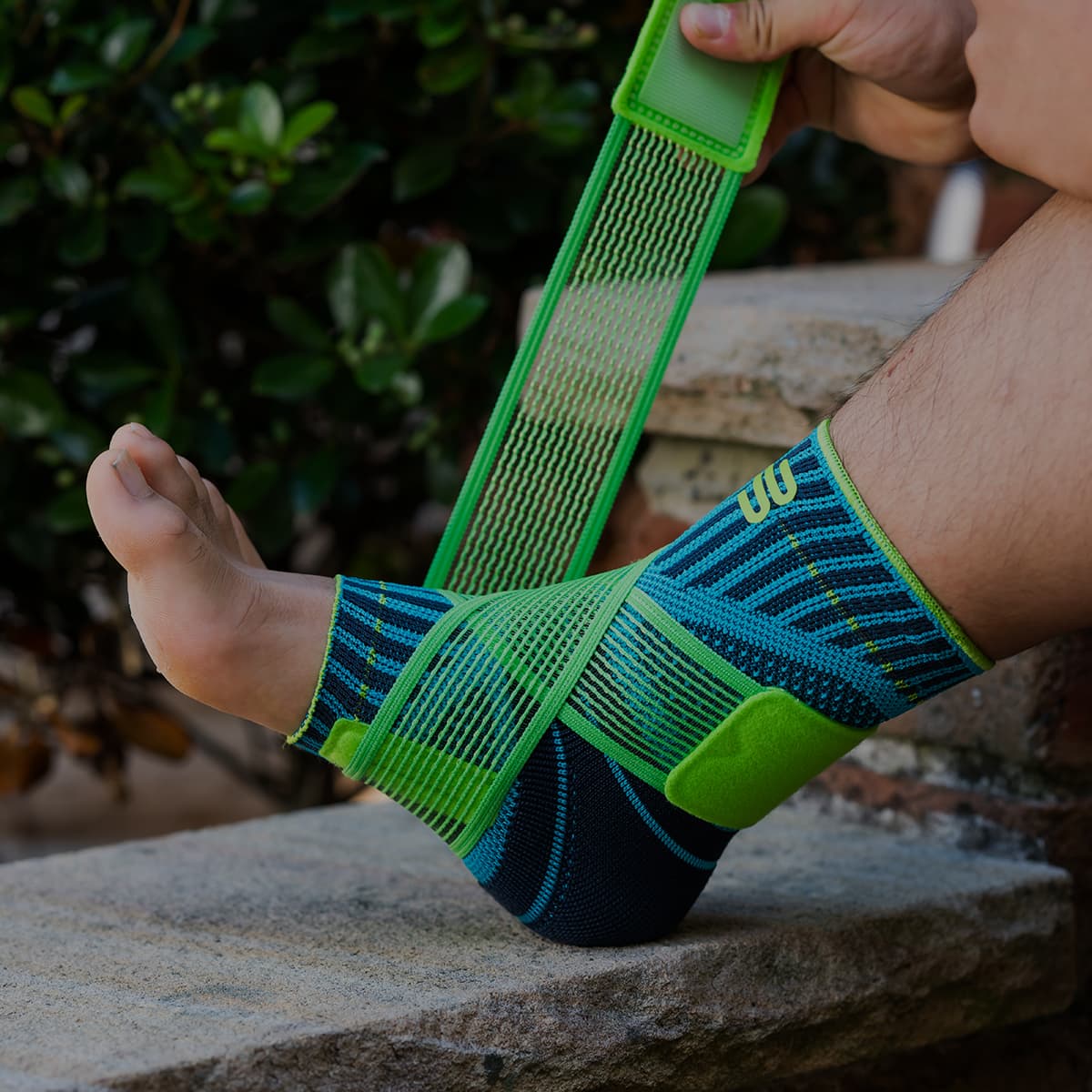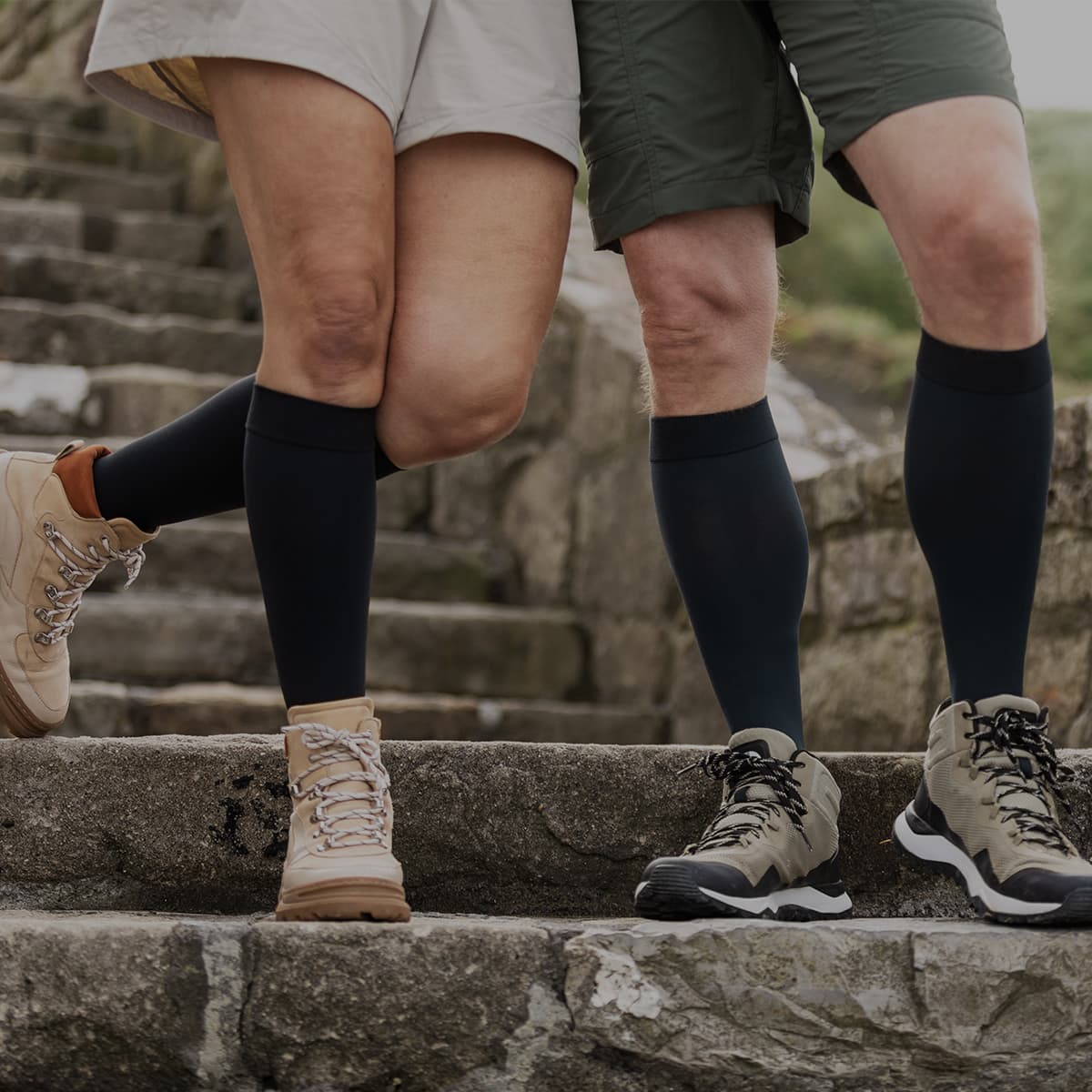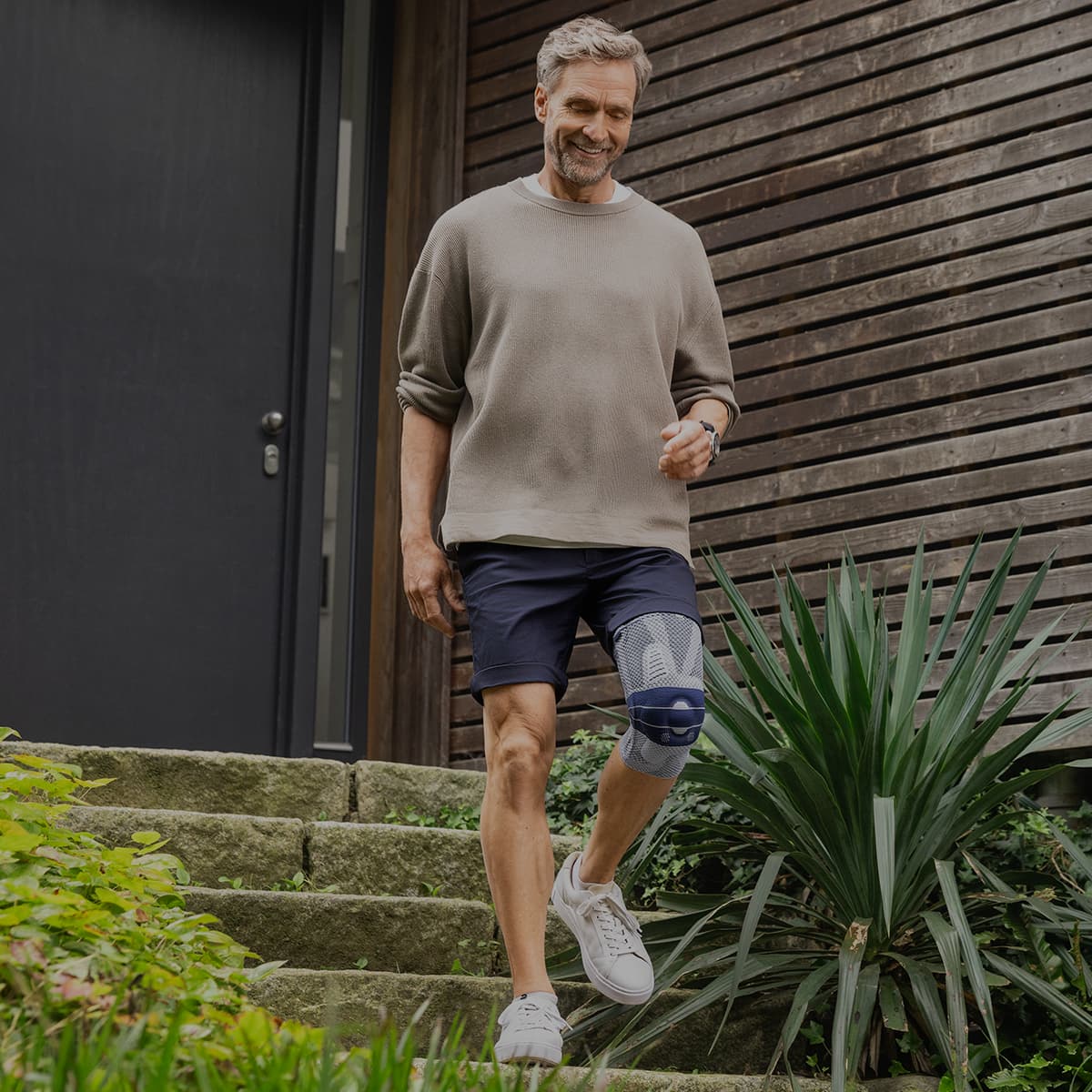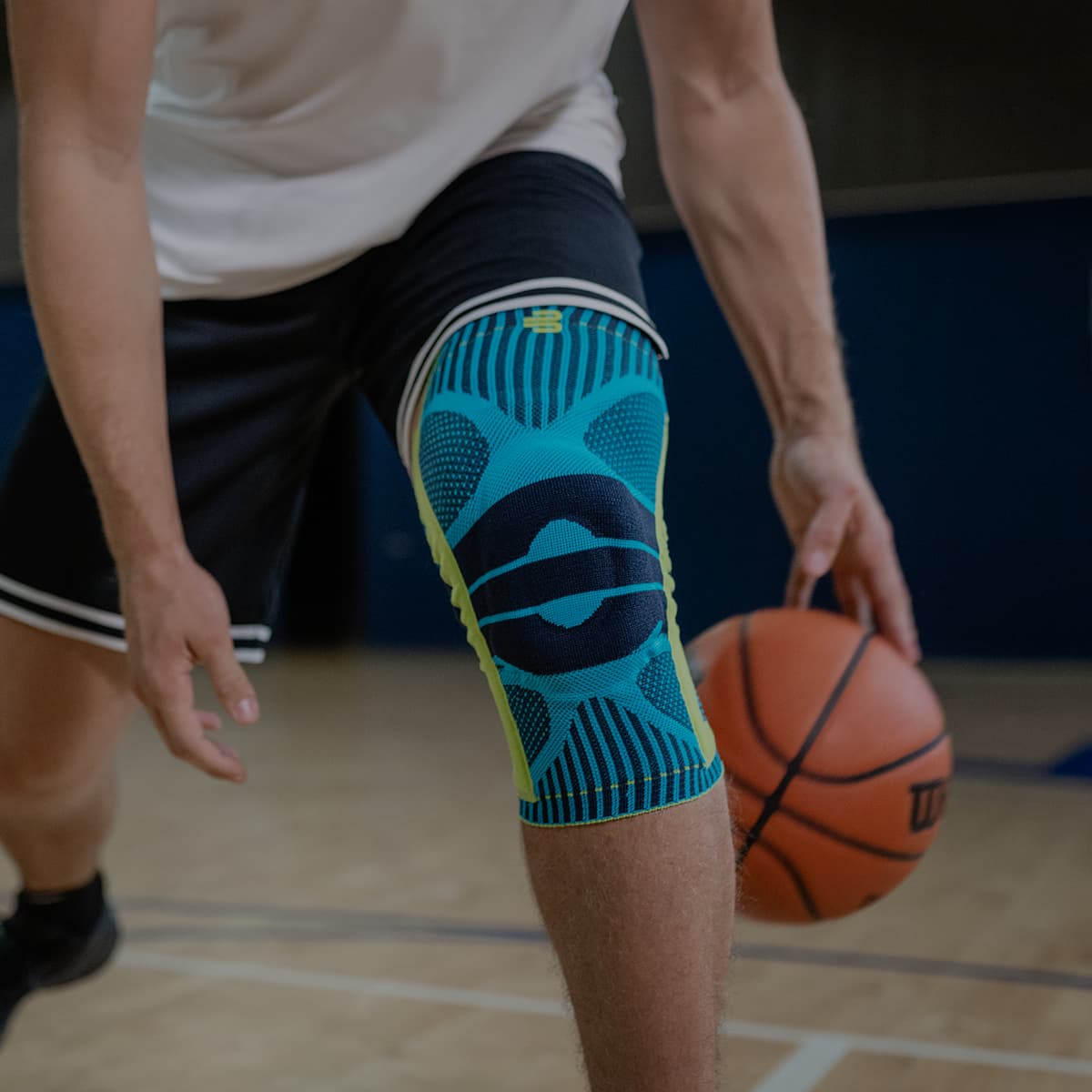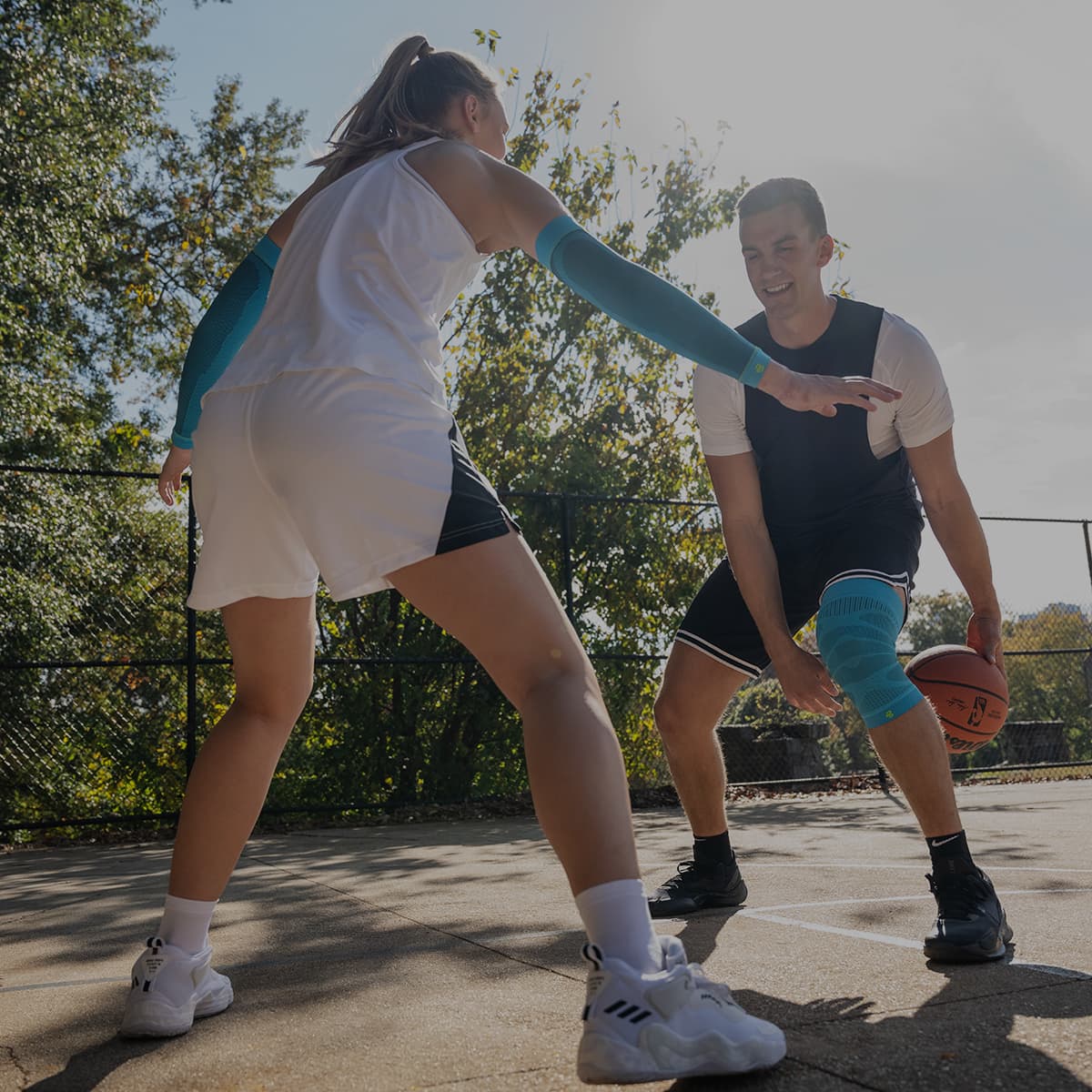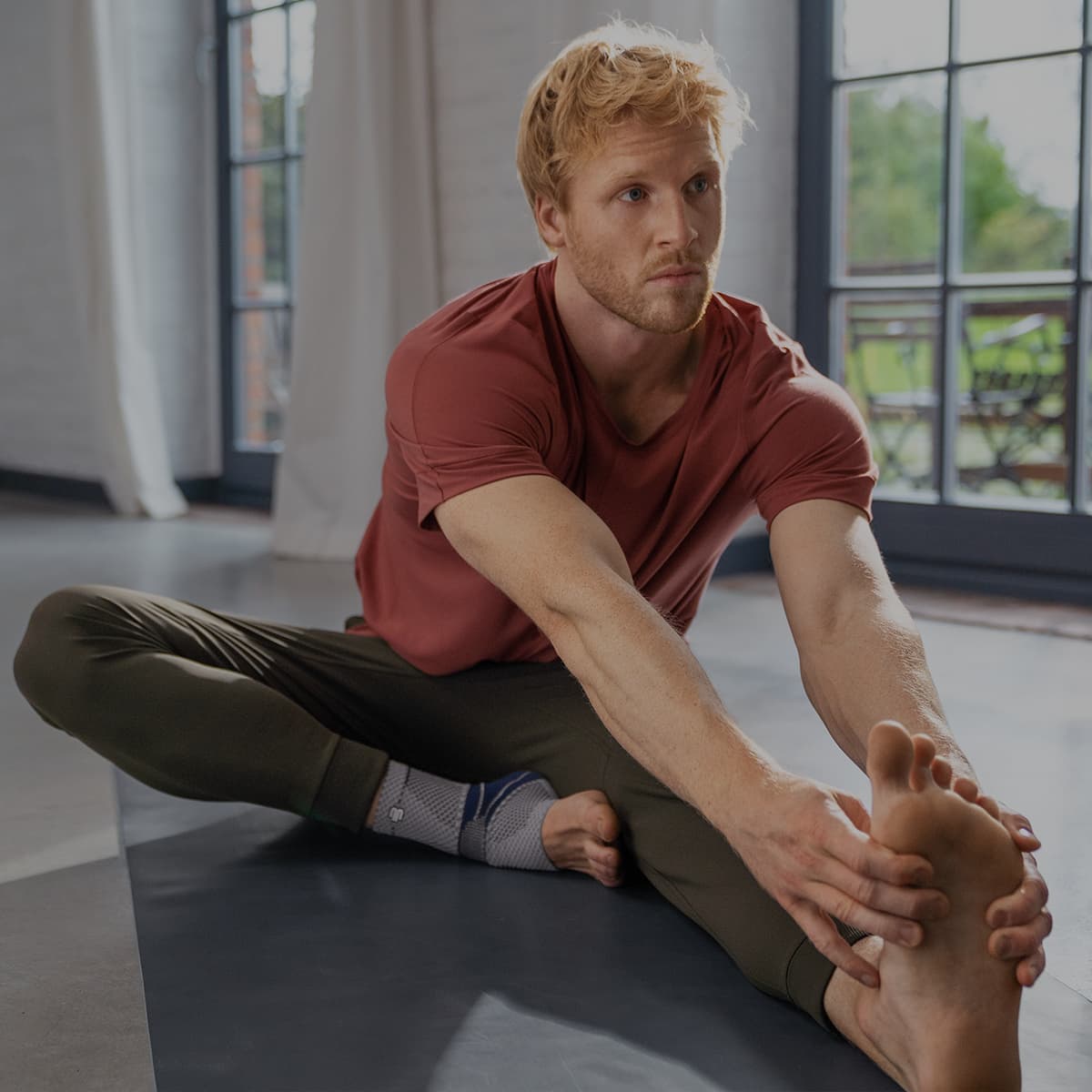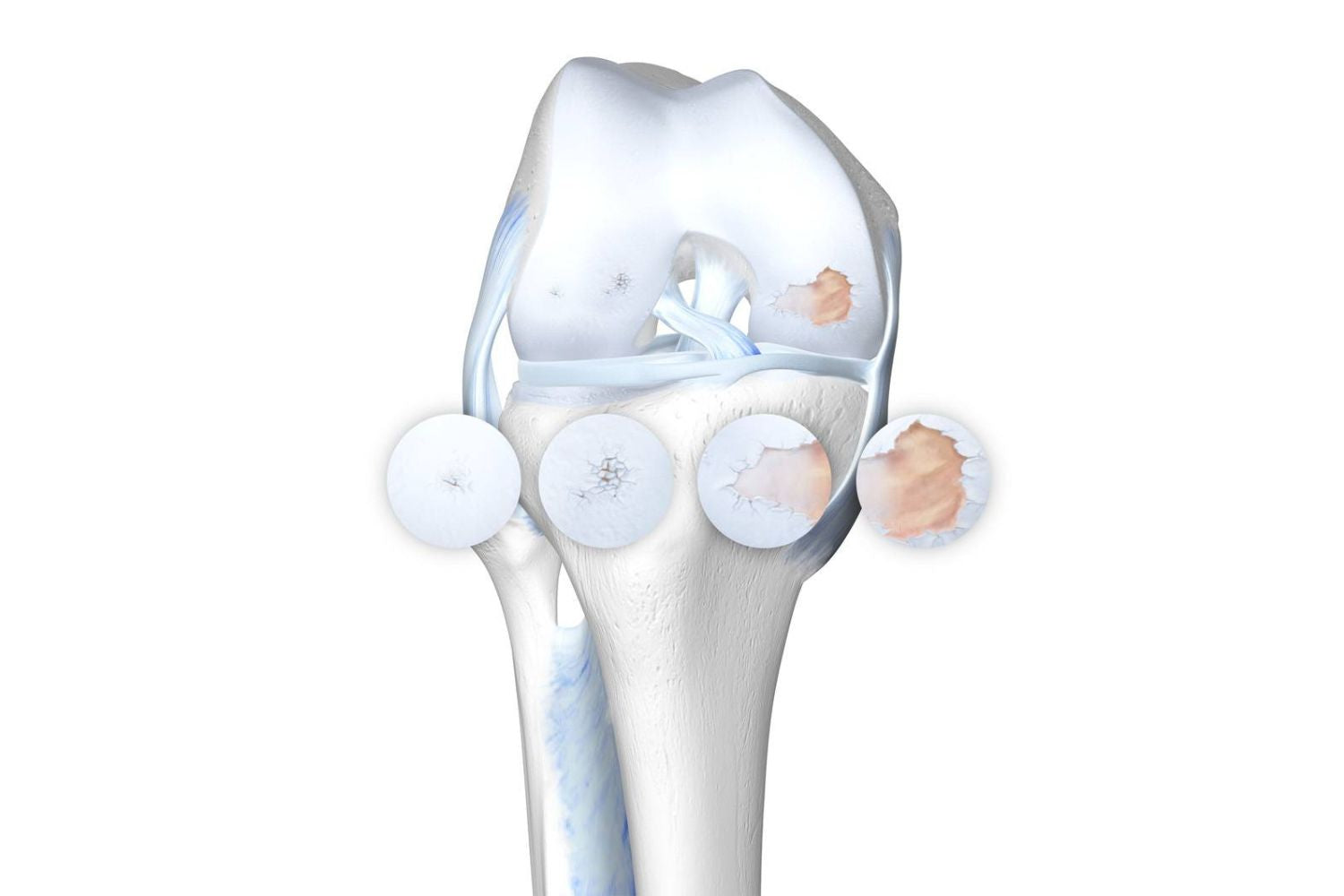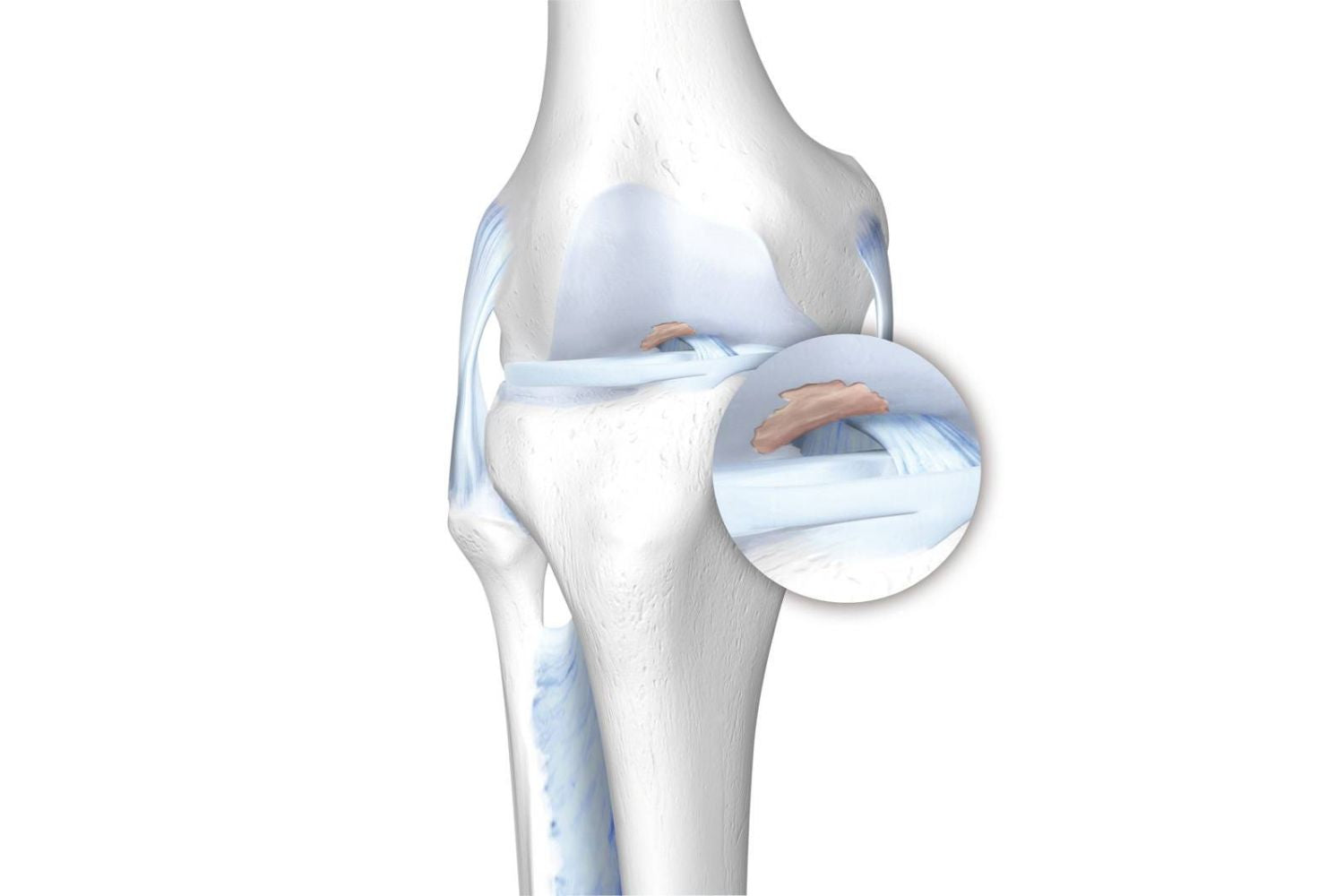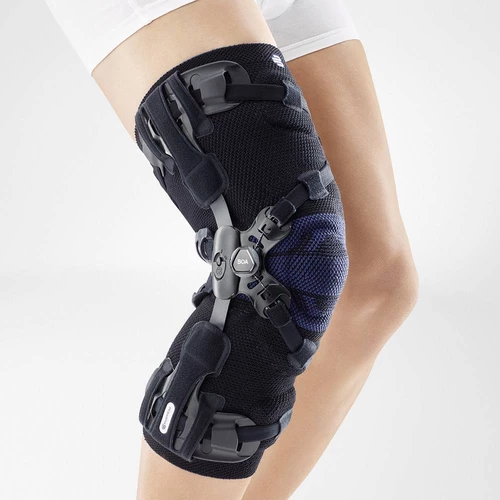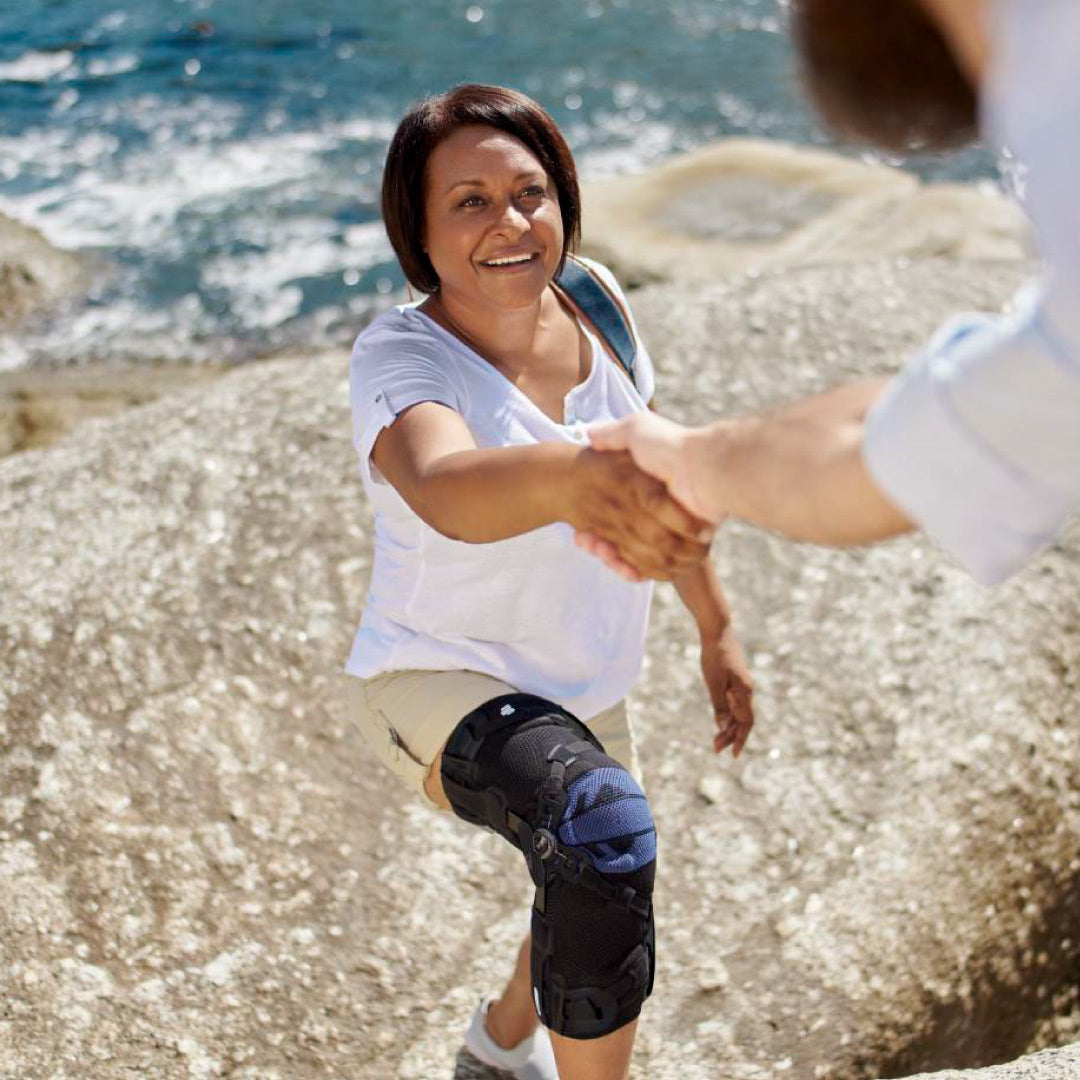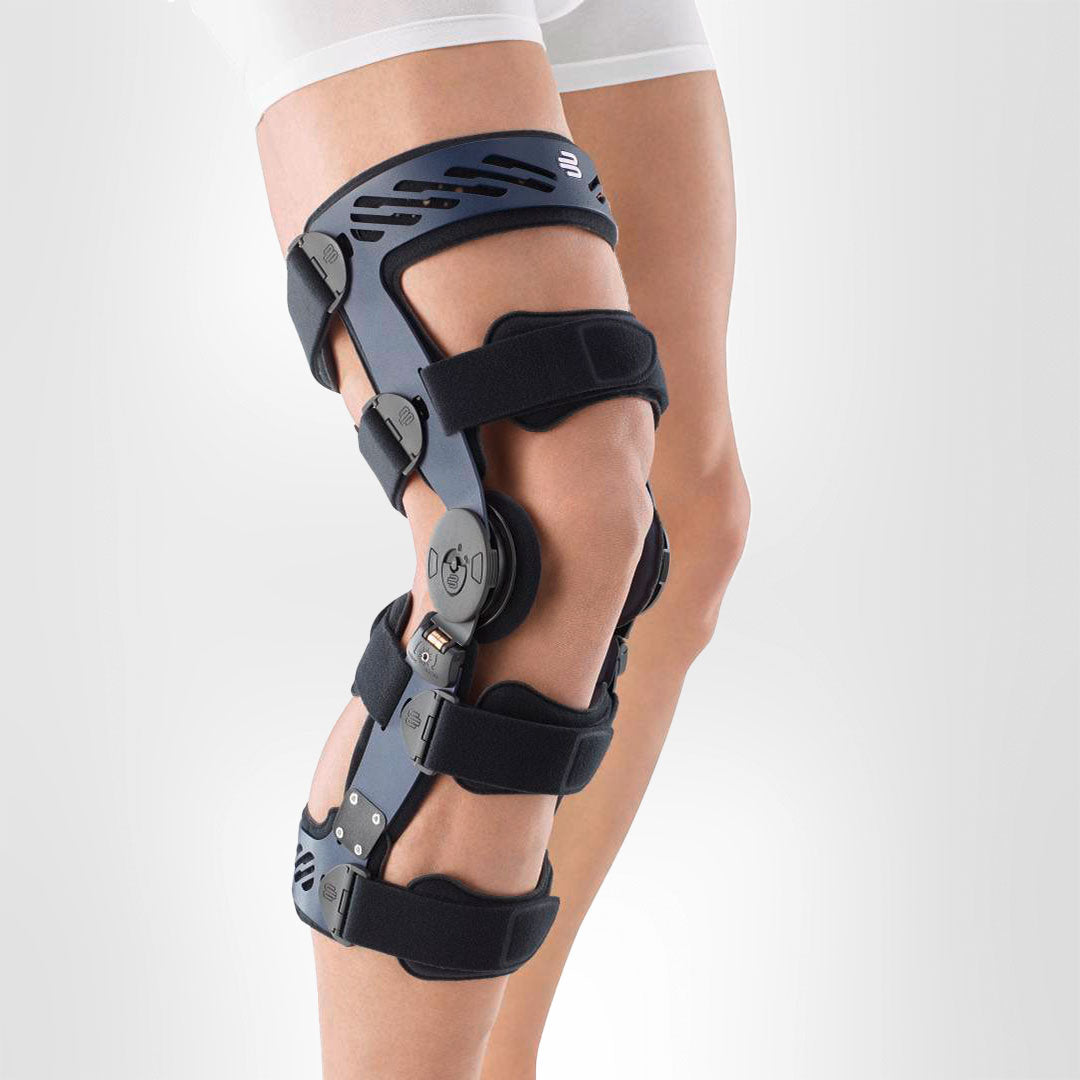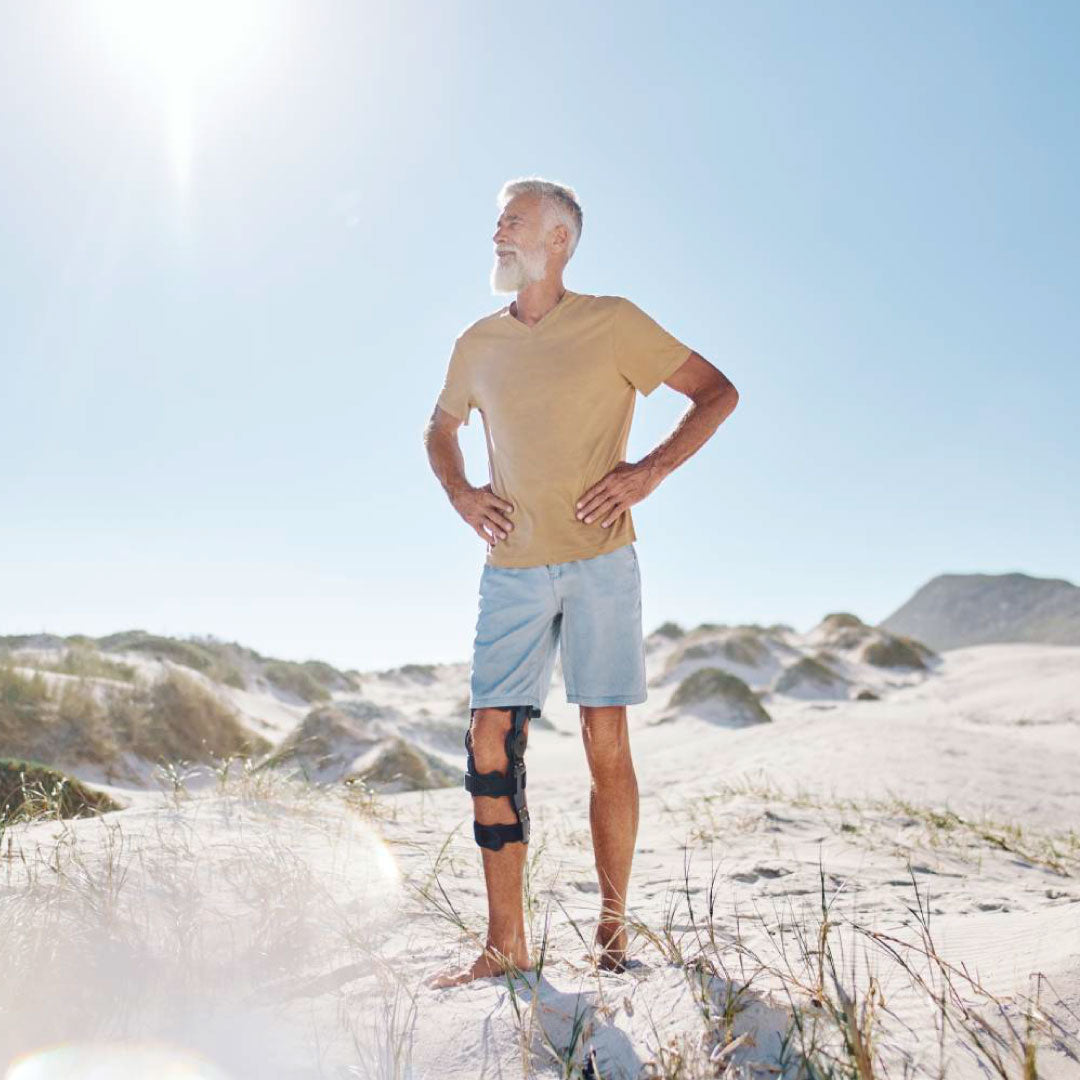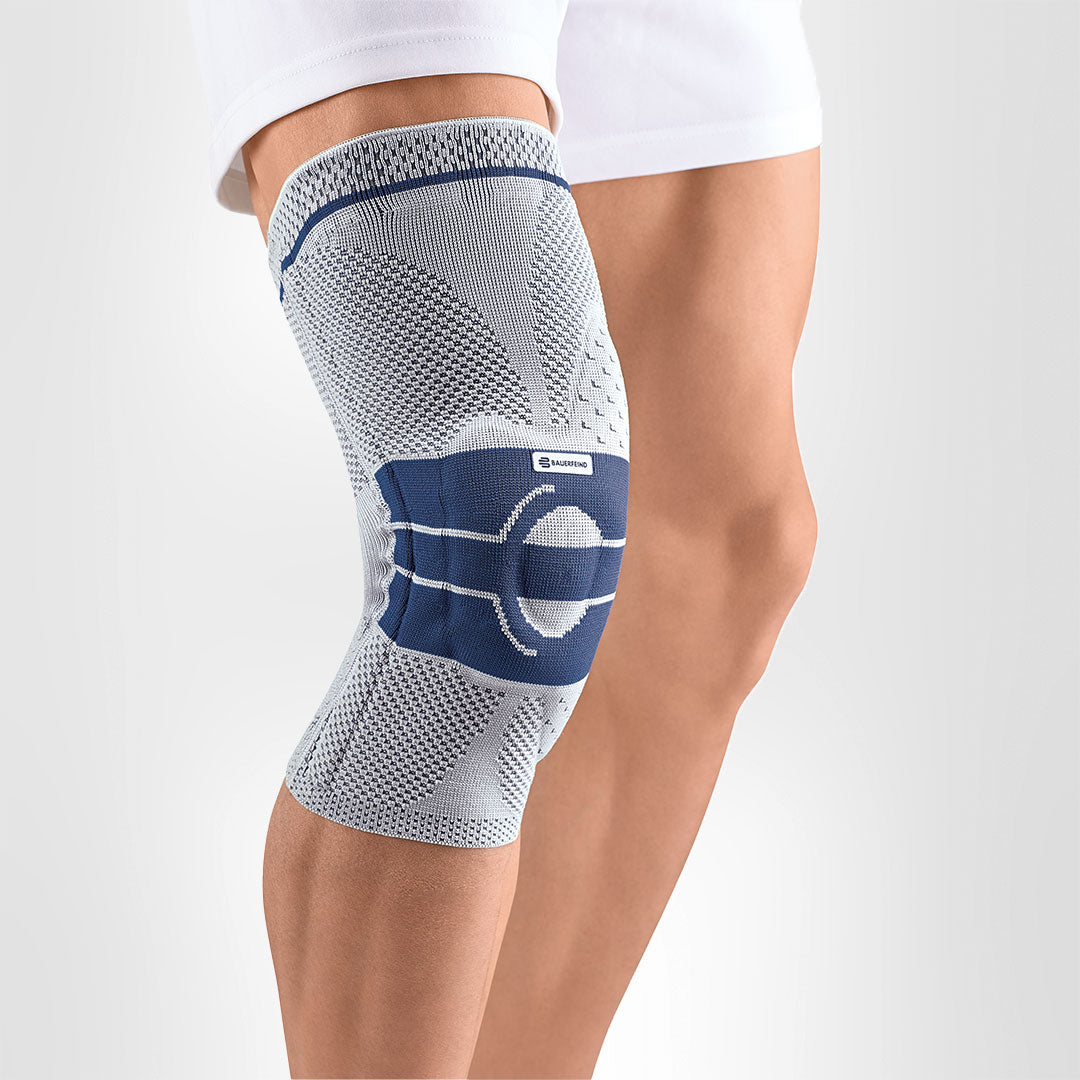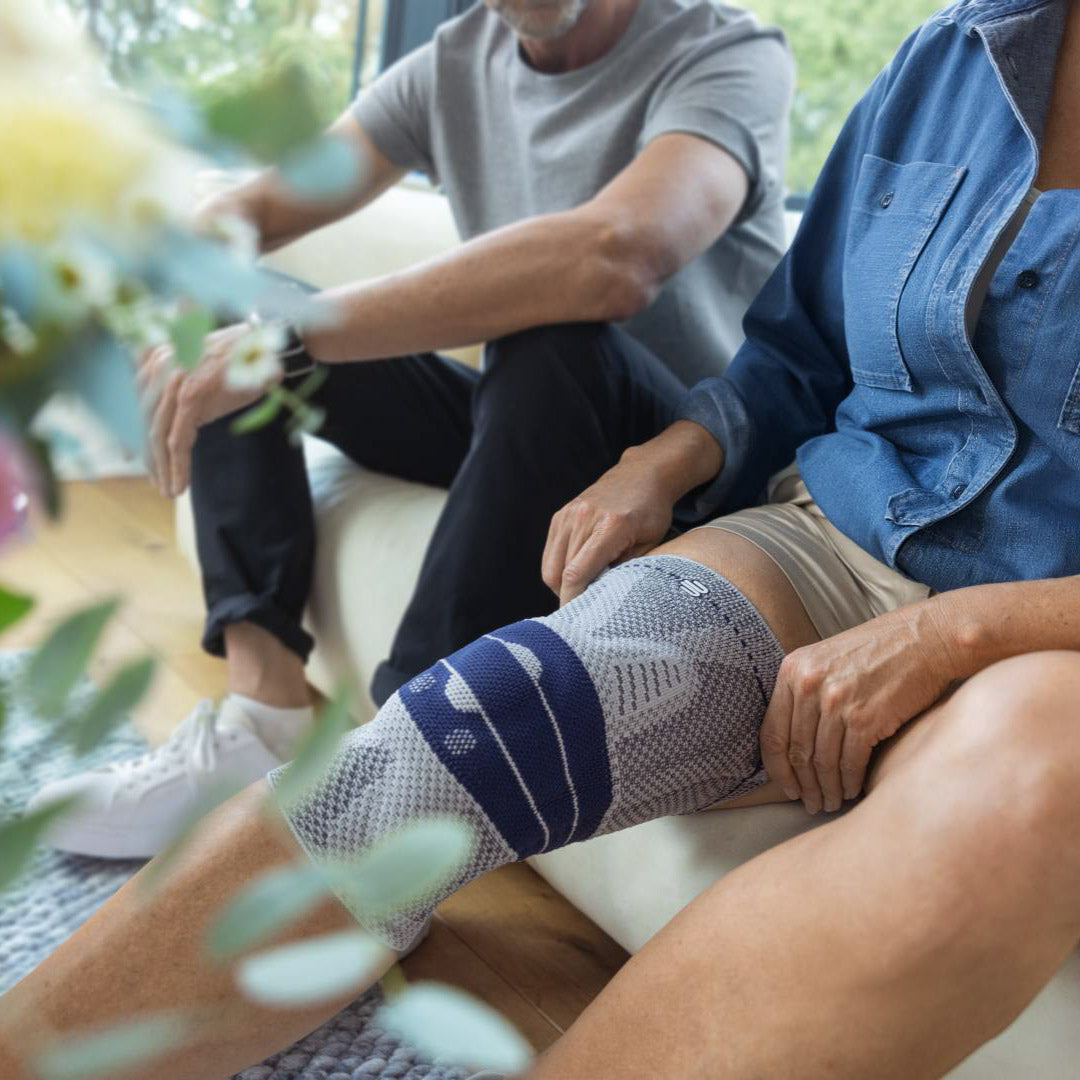Arthritis in the knee, or knee osteoarthritis, is a condition caused by long-term wear and tear of the knee joint cartilage. It affects 20-40% of people over the age of 60 who experience knee pain. However, ageing is not the only cause of this condition.
The degree of degeneration of the knee cartilage and the discomfort a person experiences from this condition depend on their lifestyle. A healthy lifestyle can reduce pain and prevent surgical knee replacement.
Types and Causes of Knee Arthrosis
It is the wear and tear of cartilage within the knee joint beyond the point that the body itself can repair. It has no distinct cause, although it is mostly related to ageing, and some research suggests there may be a genetic link.
However, lifestyle factors can play a significant part in the development of knee arthritis and can influence the degree of its severity. Risk factors include a lack of physical activity.
Secondary osteoarthritis
It is the degeneration of the knee joint that comes about from a predisposing condition that causes damage to the joint cartilage.
Factors include trauma to the knee from a sporting injury or accident, or from strong, repetitive loading of the knee, involved in certain occupations.
Arthritis in the knee can occur on the inner side of the joint to cause a bowed knee deformity, or genu varus. Osteoarthritis of the outer portion of the knee joint creates a knock-kneed deformity, or genu valgus. Such wear on one side of the knee can be due to a misalignment of the joint, among other factors.
Development of Arthritis in the Knee
A defect in the knee joint cartilage can be the beginning of arthritis in the knee. The cartilage wears gradually, placing more pressure on the bones that form the knee joint.
The inflammation caused by this wear and tear triggers a response in the bone to grow additional spurs of bone (osteophytes) at the edges of the knee joint. As the damage to the cartilage increases, the knee joint becomes less mobile, and the joint space becomes smaller.
Eventually, the cartilage layer can wear away completely, eliminating the joint space and not protecting the knee against impact, resulting in stiffness and pain.
Knee Arthritis Symptoms
Degeneration of the cartilage within the knee joint is a gradual process, and pain or discomfort is rarely felt in the early stages. Due to the slow onset of symptoms, it is common for osteoarthritis to go undetected for a long period of time.
An initial symptom of the condition presents as pain in the knee with movements after an extended period of rest. As the condition progresses, any loading or movement can cause pain within the knee.
Other common signs of arthritis in the knee are:
- Pain in the knee when walking on uneven terrain or going up stairs,
- Crunching sounds with the movement of the knee,
- There is discomfort in the knee when carrying heavy objects and increased sensitivity in the knee during wet or cold weather.
It is common for a sufferer to only seek medical attention once symptoms of the condition become apparent, which is why it is often only diagnosed in a more advanced state. As the condition progresses, symptoms of pain and stiffness increase.
Diagnosing Arthritis in the Knee
A typical medical examination of the knee will involve viewing the person’s walking pattern, palpating the joint to inspect for swelling and sensitivity, and testing for joint range of motion.
If the practitioner suspects arthritis of the knee joint, an X-ray will be recommended. The image will examine the extent of the joint's degeneration and the space remaining between the articulating leg bones.
An MRI scan can obtain more specific images to examine for tendon, ligament, or meniscus damage.
Knee Arthritis Treatment
Conservative therapy, such as physiotherapy and medical knee supports, is recommended for knee osteoarthritis to reduce pain and discomfort, improve general mobility, and slow the progression of the condition.
Further recommendations to improve symptoms and slow the course of the condition include reducing excess body weight, avoiding activities that place a heavy load on the knees and avoiding walking on uneven terrain. These strategies are more effective the earlier they are implemented.
Knee replacement surgery is an option for advanced stages of osteoarthritis, once conservative therapeutic measures have been exhausted.
If a meniscus injury or meniscopathy is suspected, those affected should consult a doctor immediately.
Knee Brace for Arthritis
GenuTrain OA Knee Brace
Exercise is a proven therapeutic measure for knee osteoarthritis; however, it can exacerbate knee pain. To break this cycle and improve rehabilitation, medical supports and braces can be worn by a person with arthritis in the knee during exercise to reap their benefits.
It is helpful to relieve the knee of irritation, even in mild and moderate stages of osteoarthritis. The GenuTrain OA knee brace unloads and alleviates pain in the knee joint during movement. With this brace, the individual can adjust the amount of unloading and stabilisation they require during different types of activities.
In the more advanced stages of osteoarthritis, the SecuTec OA is an orthosis that distributes the load in the knee joint to significantly lessen pain with movement. It is unique as a brace, as it does not act directly on the knee joint but on the lower leg to avoid placing added pressure on the already sensitive knee.
The SecuTec OA can be customised to fit any degree of both genu varus and genu valgus knee alignments, allowing for comfortable everyday use. It is a valuable tool in bringing pain relief and assisting in mobility to give sufferers of knee osteoarthritis a better quality of life

